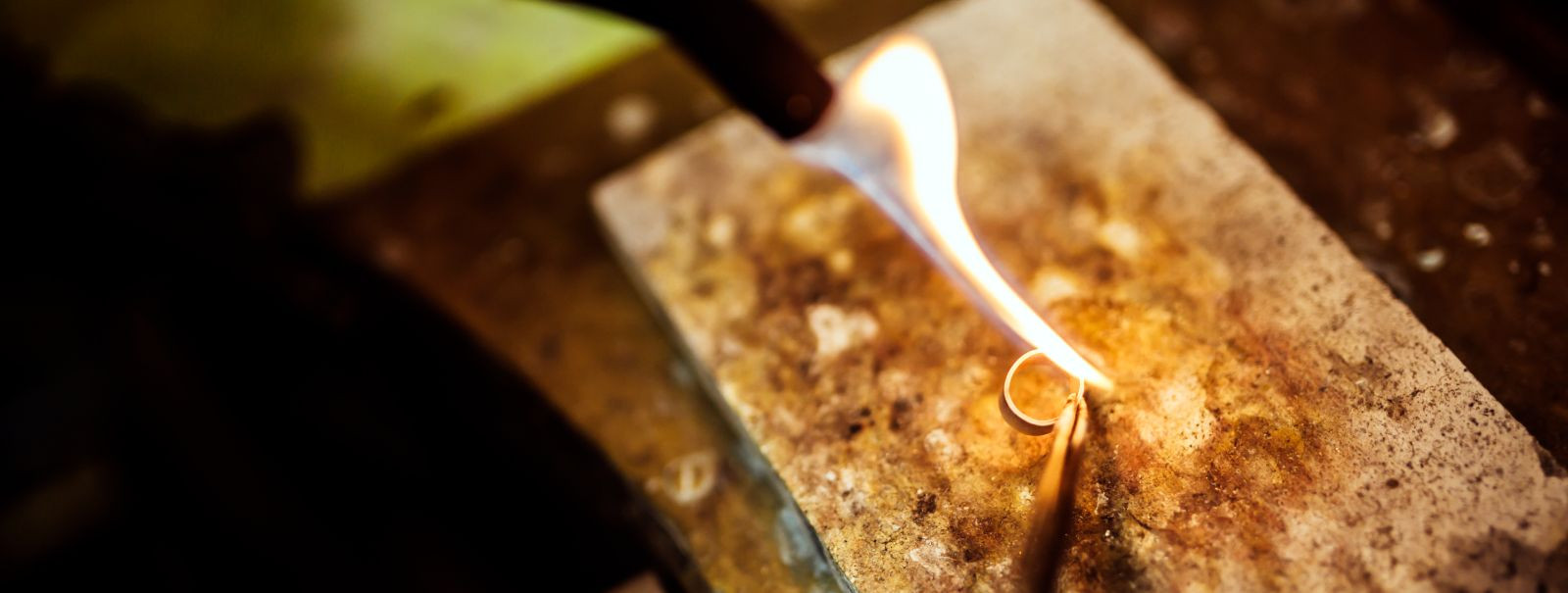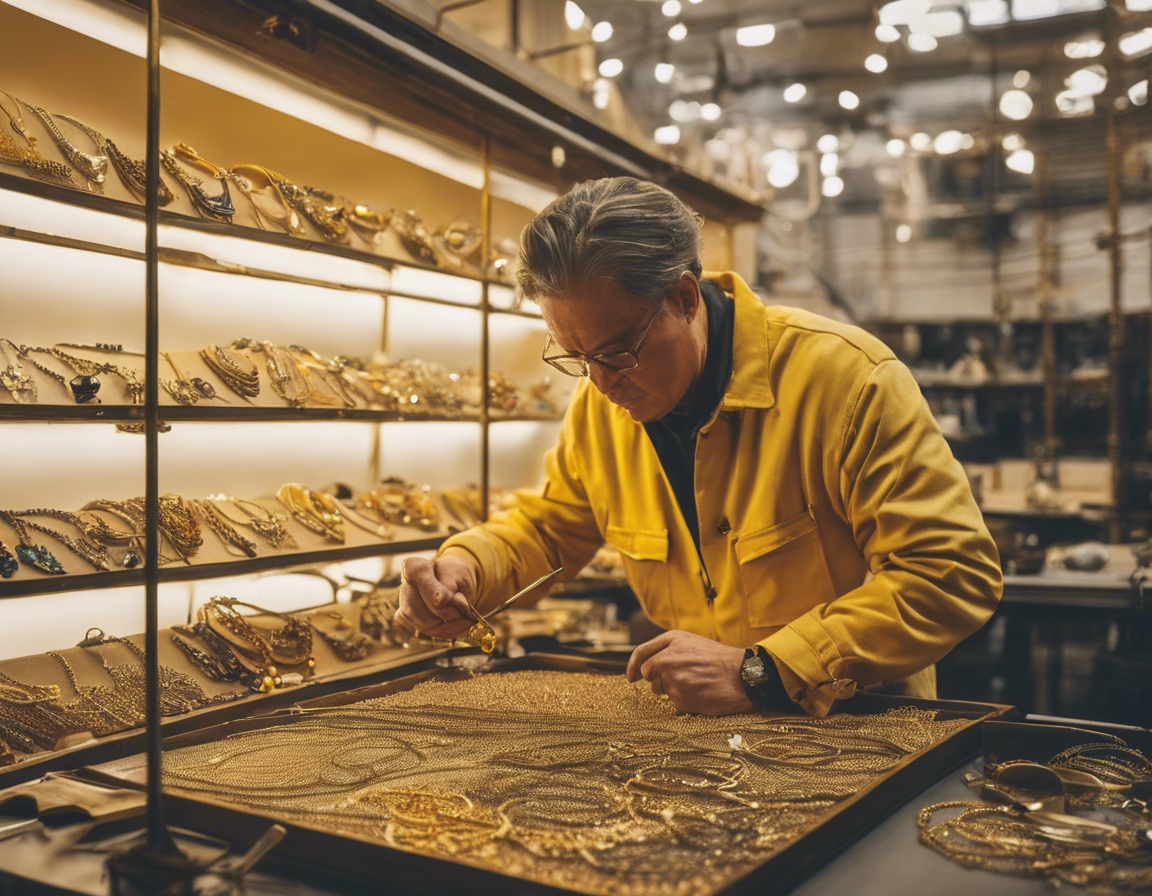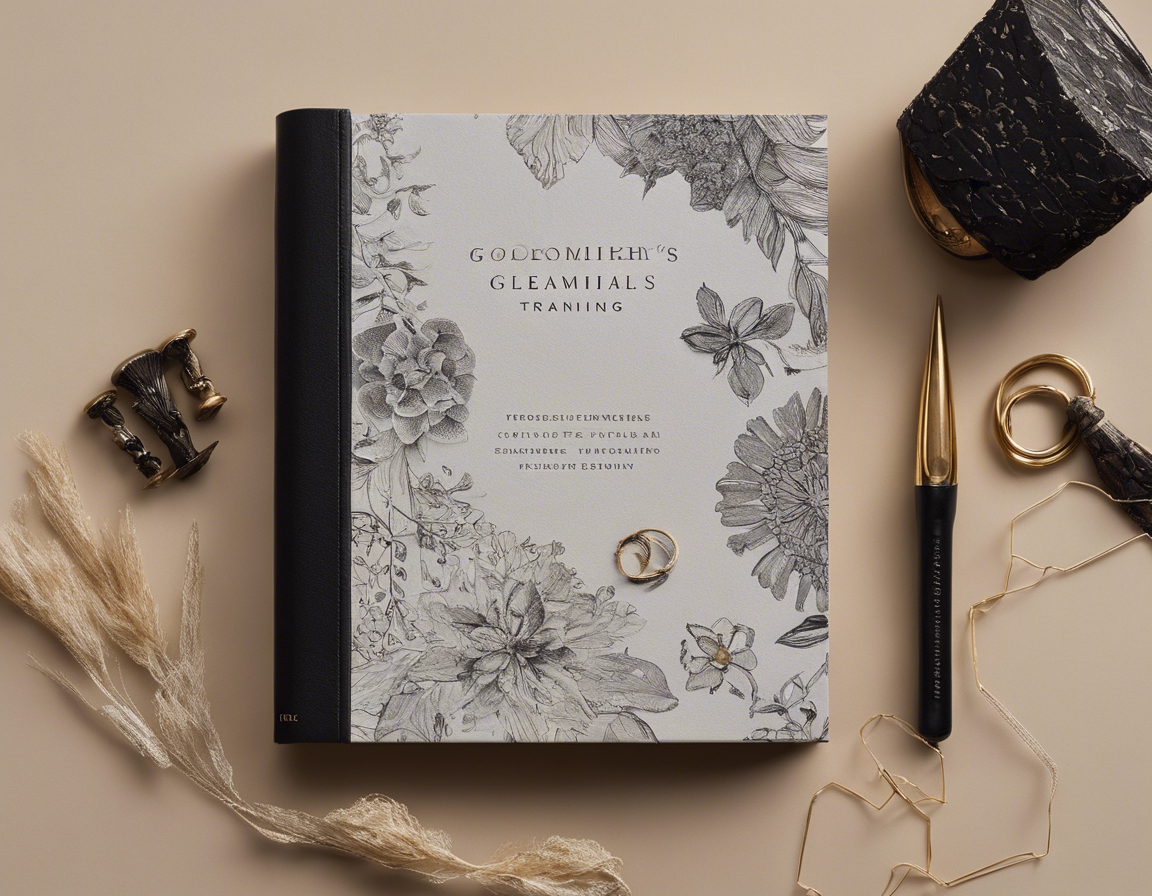5 timeless jewellery making techniques
The art of jewellery making is as old as civilization itself, with techniques that have been refined over millennia. These time-honored methods form the foundation of modern jewellery making and continue to be revered for their craftsmanship and beauty. In this post, we'll explore five timeless jewellery making techniques that are essential knowledge for both aspiring and seasoned jewellers.
1. Lost-Wax Casting
Lost-wax casting, also known as investment casting, is a process that dates back thousands of years, with early examples found in ancient Egypt and South America. It involves creating a wax model of the desired piece, which is then encased in a mold. The wax is melted away, leaving a cavity that is filled with molten metal to form the jewellery piece.
The process begins with sculpting a detailed wax model, which can be done by hand or with the aid of computer-aided design (CAD) software. The wax model is then attached to a sprue, encased in a heat-resistant investment material, and heated until the wax melts and drains out. Molten metal is poured into the cavity, and once it cools, the investment is broken away to reveal the metal piece. This technique allows for intricate designs and is widely used for creating unique and complex jewellery pieces.
Today, lost-wax casting is a favorite among jewellers for its versatility and the high level of detail it can achieve. It's particularly popular for creating custom engagement rings, pendants, and detailed figurative work.
2. Forging
Forging is one of the oldest metalworking techniques, where metal is shaped by hammering. This process can strengthen the material by aligning and stretching its grain structure.
Traditional forging involves a hammer and anvil, and it can be done with a variety of metals, including gold, silver, and platinum. Modern tools like hydraulic presses have also been incorporated into the forging process, allowing for more precision and efficiency.
Forging is still widely used to create strong, durable jewellery with a handcrafted appeal. It's particularly suited for creating bangles, cuff bracelets, and other pieces that require a combination of strength and malleability.
3. Enameling
Enameling is the process of fusing powdered glass to metal to create a vitreous, colorful coating. The technique has been used for centuries to add color and artistic detail to jewellery.
There are several enameling techniques, including cloisonné, champlevé, and plique-à-jour, each offering different aesthetic effects. Cloisonné involves creating compartments on the metal surface to hold the enamel, while champlevé involves carving into the metal and filling the recesses with enamel. Plique-à-jour is similar to stained glass, where the enamel is applied in cells without backing, allowing light to shine through.
Enameling continues to be a popular method for adding vibrant colors and intricate designs to jewellery. It's a favorite technique for artisan jewellers who want to create pieces with a painterly quality and a rich palette.
4. Repoussé and Chasing
Repoussé and chasing are complementary techniques used to create raised and indented designs on metal. Repoussé involves hammering the metal from the back to create a raised design, while chasing is done from the front to refine the design and add detail.
These techniques require a set of specialized tools, including punches and hammers, and a pitch bowl to support the metal. They demand a high level of skill and patience but result in exquisite, textured surfaces that are highly valued in jewellery making.
Repoussé and chasing are still widely used in creating decorative pieces, such as brooches and pendants, and in historical reproductions. They offer a tactile and visual depth that is unmatched by other techniques.
5. Stone Setting
Stone setting is the art of securely attaching gemstones into jewellery. It's a crucial skill for jewellers, as it involves not only aesthetics but also the functionality and durability of the piece.
There are numerous stone setting techniques, including prong, bezel, pave, and channel setting. Each technique offers a different look and level of security for the stones. Prong setting involves metal claws holding the stone, while bezel setting encircles the stone with a metal rim. Pave setting places stones close together, secured by small beads of metal, and channel setting places stones in a metal channel without prongs or beads.
Stone setting remains a fundamental technique for jewellers, allowing for the creation of pieces that highlight the beauty of gemstones. It's an essential skill for those looking to specialize in engagement rings and fine jewellery.






Comments (0)